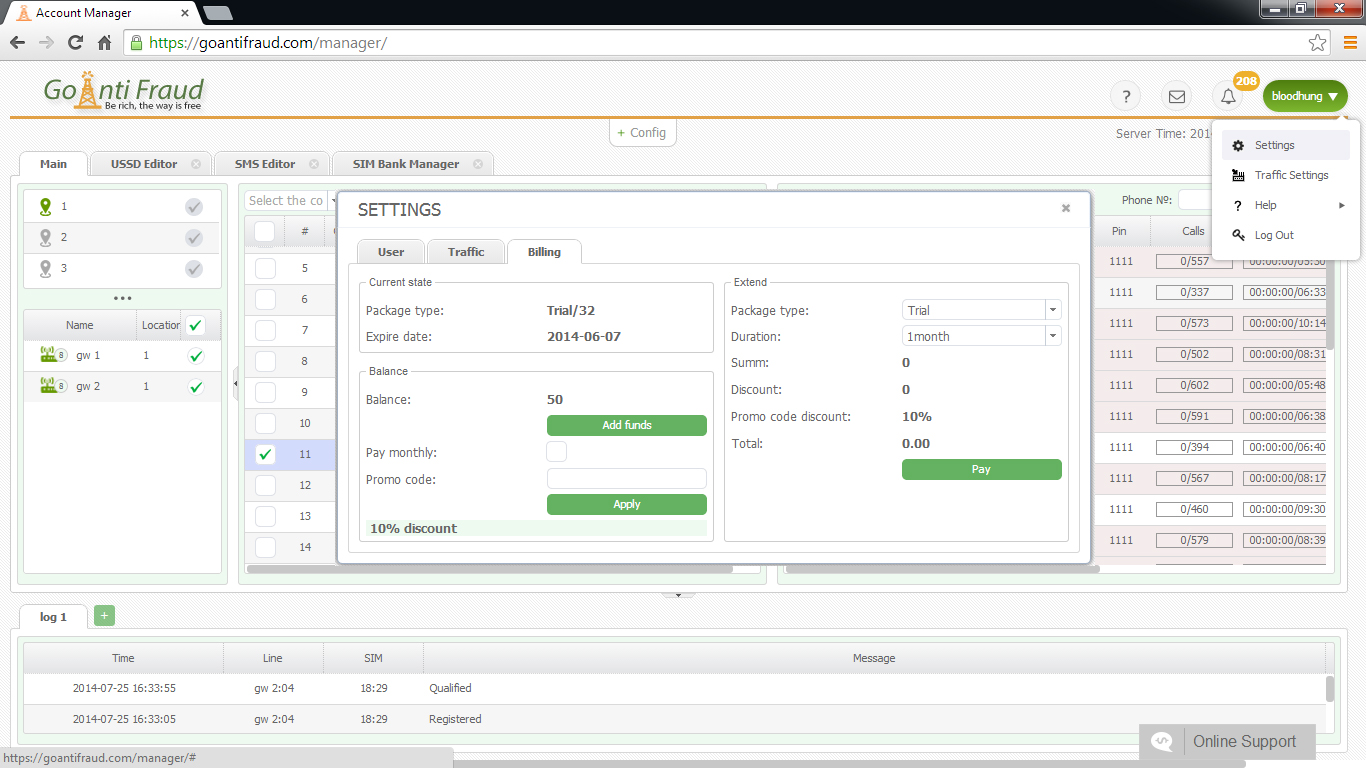The telecommunications industry has successfully been operating for more than a century. Modern VoIP-telephony unites most of the major technologies that have been used over the past 100 years. For maximum efficiency with Internet telephony, you do not need to be an expert in all areas. However, understanding the difference between different protocols and codecs will provide you with a more meaningful perception of the general principles of the system operation.
What is VoIP-protocol for?
The main function voip protocols perform is packaging of audio streams (i.e., the separation of the data stream into fragments) to transport them via IP-networks. The difficulty is that the signal should arrive as it has been provided, and the transport process should not take more than 150 milliseconds. In the case of loss or delay of packages, the quality significantly deteriorates, which leads to difficulties of conversation between subscribers. This primarily depends on the speed of Internet connection you use.
Today, there are quite a lot of VoiP protocols, among which we focus on the following:
● IAX;
● RTP;
● SIP;
● MGCP;
● H.323.
The principle of operation of each of these protocols is as follows: Connection is provided via the series of transactions to transmit a signal between two endpoints, as well as VoIP-gateways located between them. The data are made available via two stable media streams, which transmit subscribers’ voice. Sip protocol is currently considered the most popular.
Are you interested in VoIP technology? Are you looking for a reliable start-up in the telecommunications sector? You will be interested in the opportunity to start a GSM termination business. You can get the maximum profit making the minimal investment! We offer a turnkey GoAntiFraud solution for beginners, which includes opportunities for efficient VoIP termination, as well as a set of equipment by GoIP, EjoinTech & China Skyline at low cost.
The concept of codec
Codecs are mathematical models, which are used for compressing and digitally encoding analog audio data. Many of them are designed in view of the human brain's ability to form the completed impression from the information obtained incompletely. In fact, a codec converts an analog signal to a digital one, defining a balance between the efficiency of voice traffic and voice quality.
The main types of codecs:
- G 711;
- G 727;
- GSM;
- iLBC;
- G 729A;
- Speex;
- MP3 (commonly used in VoIP to transmit a voice, but not optimized for voice traffic).
One can conclude that IP-telephony cannot exist without the specific protocols and codecs to convert and transmit digital signals.
GoAntiFraud offers you to start a profitable GSM termination business! If you are interested in VoIP technology, we will help you start your own business, yielding a stable income. By purchasing our comprehensive New Business package, you will start making money immediately! We will give you full technical support at all stages of business.
































